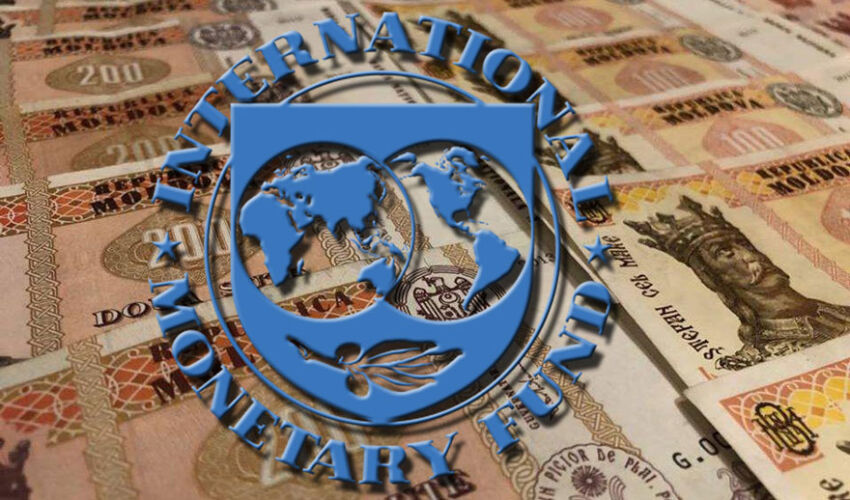
“Public debt remains a pressing issue for many countries in 2025 as governments around the world face fiscal challenges due to pandemic, geopolitical instability and economic slowdown,” the paper said.
Advanced economies tend to face higher debt burdens than other countries, with an average debt-to-GDP ratio of 110%, compared with about 74% in emerging and developing countries.
Sudan tops the list with a public debt of 252% of GDP, due to a protracted conflict and severe economic problems. The African country displaced Japan from the position of the country with the highest debt-to-GDP ratio in 2023.
Japan has the highest debt burden among developed countries at 235% of GDP, with persistent budget deficits and an aging population contributing to its debt. Along with Japan, Singapore (175%), Bahrain (141%) and Italy (137%) are among the most indebted developed countries.
The US also has a high debt-to-GDP ratio of 123%, reflecting years of deficit spending and massive stimulus policies in response to recent economic crises such as the pandemic.
Meanwhile, Germany has the lowest debt burden among the G7 countries at 65% of GDP, and it is projected to fall to 58% by 2029.
Romania has a 62% ratio, Ukraine 110%, and Russia 21%.
Tuvalu (a Pacific nation in Polynesia) closes the list with 3%, Brunei with 2% and Macau with 0%.













